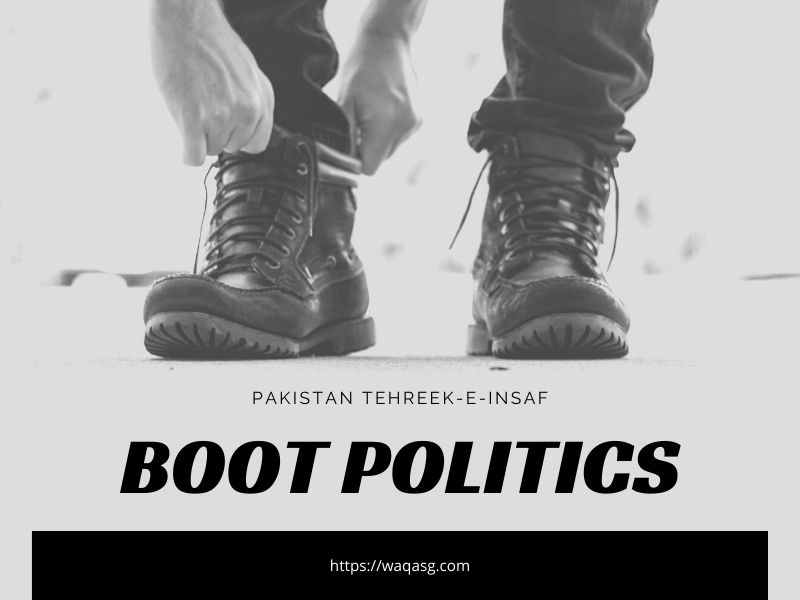
Gone are the days when political campaigning in Pakistan meant only long processions, massive rallies, and door-to-door canvassing. Today, thanks to technology, political strategies in Pakistan have dramatically evolved—redefining the ways parties interact with voters, run campaigns, and communicate their vision.
From social media platforms like Facebook, TikTok, X (formerly Twitter), and WhatsApp to sophisticated voter analytics tools and live digital broadcasts, technology has become a cornerstone of modern democracy in Pakistan.
But how exactly are political parties harnessing these tools to connect with the digital-savvy youth, mobilize voters, and influence public opinion?
Let’s take a closer, optimistic look at this digital revolution reshaping politics in Pakistan.
The Digital Transformation of Pakistani Politics
Over the last decade, internet penetration in Pakistan has surged, connecting millions of new users online. Currently, Pakistan boasts more than 125 million internet users, with over 85 million active on social media. The majority of these users are young, engaged, and highly responsive to digital campaigns.
Political parties have smartly tapped into this tech-savvy generation, moving beyond traditional rallies and posters to launch targeted, tech-driven campaigns.
Social Media: The New Political Battleground
TikTok and the Youth Vote
One surprising but significant change has been the rise of TikTok in political campaigning. The app, initially popular for entertainment and short videos, has become a powerful political platform, particularly for parties like Pakistan Tehreek-e-Insaf (PTI) and Pakistan Peoples Party (PPP).
Young politicians and activists regularly upload short, impactful videos to communicate party messages, highlight achievements, or respond swiftly to controversies. These short, engaging videos resonate powerfully with millions of young Pakistanis, amplifying political reach and driving engagement like never before.
Facebook and X (Twitter): Direct Communication
Platforms like Facebook and X have become indispensable political tools for direct voter engagement. Imran Khan, Maryam Nawaz, and Bilawal Bhutto-Zardari—all key political figures—regularly leverage these platforms to speak directly to their supporters, bypassing traditional media filters.
Live streams on Facebook, Twitter Spaces discussions, and quick Twitter threads allow politicians to respond in real-time to developing situations, effectively setting political narratives and maintaining direct, personal relationships with voters.
Messaging Apps and Grassroots Mobilization
WhatsApp, Telegram, and Signal aren’t just tools for chatting—they have transformed into strategic instruments for political parties aiming for grassroots mobilization. Parties now organize local groups through WhatsApp, disseminating information, managing voter registration drives, and coordinating campaign logistics swiftly.
WhatsApp: Instant Grassroots Communication
WhatsApp groups allow parties to deliver tailored messages, videos, memes, and updates instantly. During elections, it becomes crucial for voter mobilization, alerting voters of polling locations, campaign events, and voting reminders, significantly increasing voter turnout, particularly in rural areas.
Leveraging Data Analytics and AI in Elections
Beyond social media, technology in Pakistani politics now includes advanced data analytics and artificial intelligence (AI). Modern political campaigns increasingly rely on data-driven decision-making tools to analyze voter demographics, gauge public sentiment, and predict voting trends.
Predictive Analytics: Understanding Voter Behavior
Predictive analytics tools enable parties to forecast voting behaviors by analyzing historical voting data, social media sentiment, and demographic information. Parties use these insights to customize messaging, prioritize campaign stops, and focus resources strategically on swing constituencies.
AI and Automated Messaging
Political parties now employ AI-powered chatbots and automated messaging systems to handle queries from thousands of voters simultaneously. These bots provide voters instant access to policy information, upcoming events, and polling station details, thus ensuring round-the-clock voter engagement.
The Rise of Digital Election Campaigns
Election campaigns have witnessed significant digital shifts. In the recent elections, political advertisements flooded platforms like YouTube and Instagram, targeting specific age groups, geographic areas, and voter interests.
Live Digital Rallies
During the COVID-19 pandemic, digital rallies emerged prominently. Parties quickly adapted by holding live virtual events streamed across multiple platforms simultaneously. These digital events offered voters across the country unprecedented access to party leaders and political discourse, removing geographic barriers.
Technology and Transparent Democracy
Perhaps most optimistically, technology is fostering a greater transparency in Pakistan’s political landscape. Voters today can quickly fact-check claims made by political leaders, challenge misinformation, and engage directly with party representatives online. The instant access to verified news, official policy documents, and live parliamentary sessions streamed on YouTube has empowered citizens like never before.
Challenges and Solutions: Tackling the Digital Divide
Of course, Pakistan’s digital political journey isn’t without challenges. Issues like misinformation, fake news, and digital manipulation remain concerns. Additionally, there’s a significant digital divide—rural areas lag behind urban centers in internet penetration.
However, optimism prevails. Government initiatives to expand digital infrastructure, including efforts to broaden internet access in rural areas and investment in digital literacy programs, indicate a commitment to bridging this gap. Such efforts promise a more digitally inclusive political future, empowering even the most remote communities with access to democratic participation.
Future Prospects: Tech and Democratic Empowerment
Looking forward, technology’s role in Pakistan’s political landscape will likely intensify. With the rollout of 5G, further advancements in AI-driven analytics, and increasing digital literacy, political engagement is set to become even more dynamic and inclusive.
Imagine a future election where blockchain technology securely verifies votes, ensuring complete transparency and integrity in the electoral process. Imagine rural voters accessing political debates through mobile apps, enhancing their participation in democracy. This optimistic vision is not just possible—it’s already underway.
Conclusion: An Optimistic Future Awaits
The transformation from traditional rallies to digital reels has fundamentally reshaped political engagement in Pakistan. Political parties that effectively harness technology are enjoying unparalleled access and engagement with voters, particularly younger generations eager for change.
This technological shift isn’t simply about winning votes—it’s about deepening democracy, enhancing transparency, and empowering citizens across the country. As Pakistan continues on this exciting digital journey, optimism about the future of technology-driven democracy feels not only justified but essential.
Technology, when harnessed positively, holds extraordinary potential to transform politics, strengthen democracy, and ensure that every Pakistani’s voice matters. And judging by current trends, Pakistan’s future looks promising indeed.





No comment yet, add your voice below!